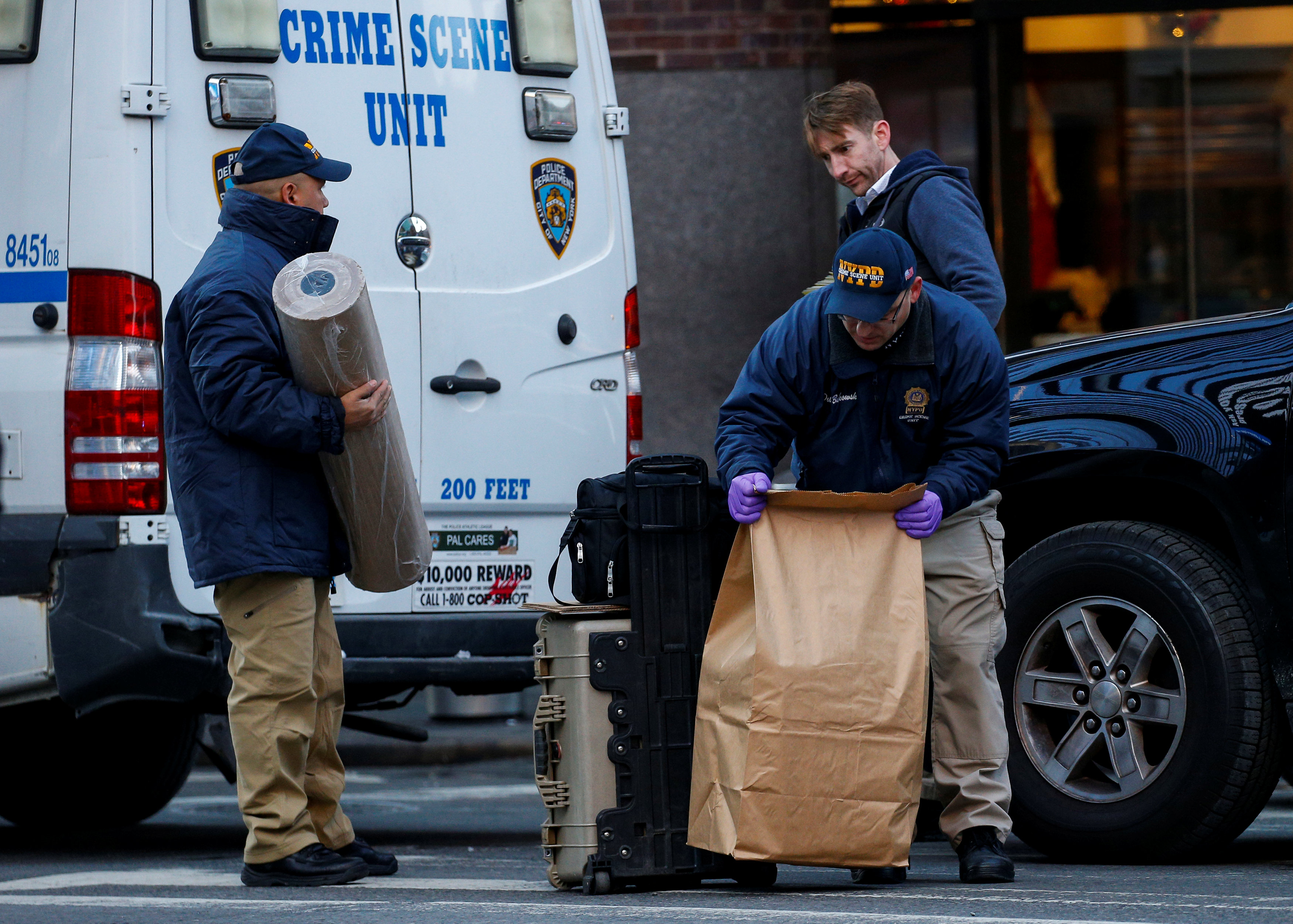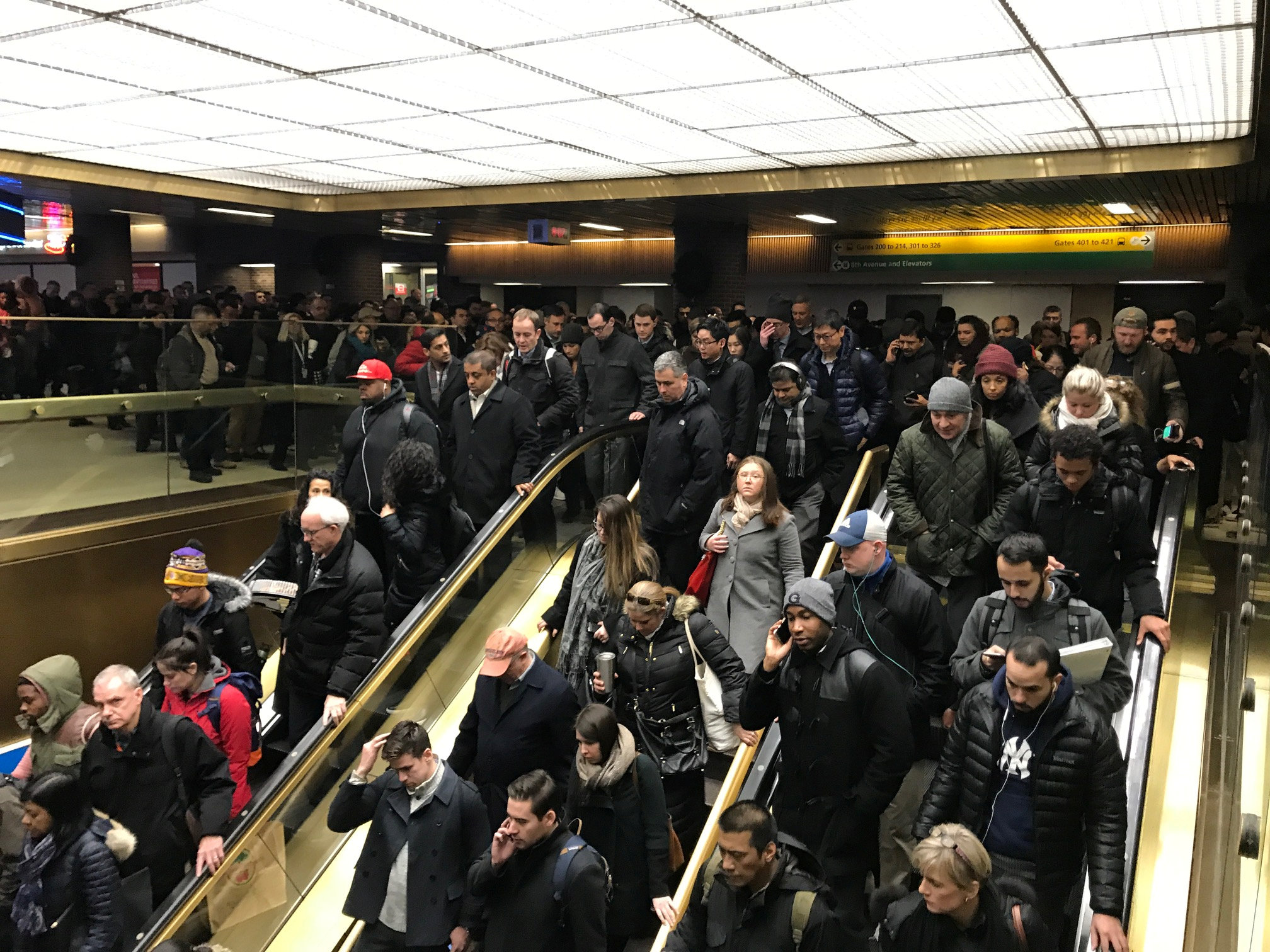
By Jon Herskovitz
AUSTIN, Texas (Reuters) – Two men on bicycles were wounded in an explosion of a bomb that may have been detonated by a trip wire, police said on Monday in the Texas capital, where earlier this month three parcel bombs killed two people.
The two men, thought to be in their 20s, suffered non-life threatening injuries and were taken to the hospital on Sunday after they came upon a suspicious device on the side of a road in a residential neighborhood on the west side of the city, Austin Police Chief Brian Manley said during a press conference.
The possibility that the road-side bomb was triggered when someone handled, kicked or came in contact with a trip wire, differs from the previous explosions that were set off when individuals handled packages that were left on doorsteps, Manley said.
“We now need the community to have an extra level of vigilance and pay attention to any suspicious device,” he said. “Given that there may have been a different triggering mechanism in this device, we wanted to get that out as early as possible.”
Residents were told to stay in their homes in the west side neighborhood several miles from where the earlier blasts occurred, Manley said.
“We’re working on the belief that they are connected,” he said, noting that authorities will wait until daylight to process the scene.
FBI and U.S. Bureau of Alcohol, Tobacco, Firearms and Explosives (ATF) agents were at the scene, the Federal Bureau of Investigation said on Twitter.
Investigators are still looking for the culprits behind the three parcel bombs that exploded in three separate east side neighborhoods of the city, killing two African-American males and leaving a 75-year-old Hispanic woman fighting for her life.
Earlier on Sunday, Austin police said whoever was responsible for the bombs was trying to send a message and should contact authorities to explain any motive.
“We are not going to understand that (message) until the suspect or suspects reach out to us to talk to us about what that message was,” Manley said.
Manley said police were also investigating the bombings as possible hate crimes.
The first bombing on March 2 killed Anthony Stephan House, a 39-year-old black man. It ripped a hole in a home entrance wall and damaged the front door.
A bomb last Monday morning killed Draylen Mason, a 17-year-old African American teenager and promising musician. It also injured his mother. A few hours later, a third bombing injured the 75-year-old Hispanic woman, who has not been named.
Police have received more than 735 calls about suspicious packages since the three parcel bomb attacks, but authorities had not found any that posed a security risk, Manley said.
A reward of $115,000 has been offered for information leading to the arrest and conviction of the person or people responsible.
(Corrects with addition of missing word in paragraph 6.)
(Additional reporting by Brendan O’Brien in Milwaukee; Editing by Simon Cameron-Moore and Louise Heavens)

















